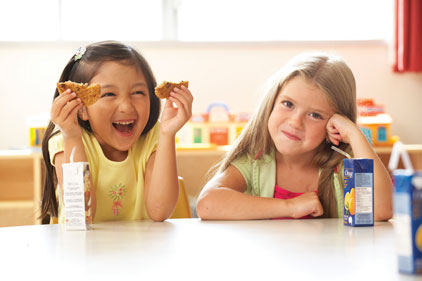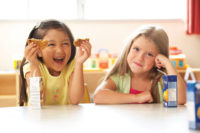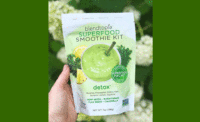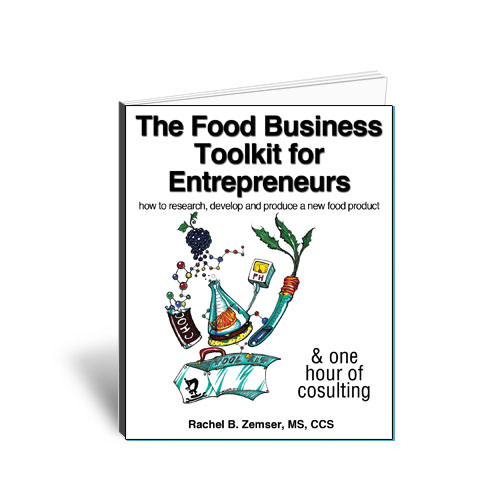School Food Purchases

“Elementary schools across the country are improving the beverage landscape, showing that change is possible and it’s already happening,” the lead author, Lindsey Turner, said in a statement. The work is part of an effort funded by the Robert Wood Johnson Foundation; it was published this month in the Archives of Pediatrics and Adolescent Medicine.
The beverages are not part of the school lunch program; they are what’s known as “competitive foods and beverages” -- items sold a la carte or in vending machines or student stores. Their name comes from the idea that they compete with the regular cafeteria food for students’ dollars.
The researchers grouped drinks into categories based on guidelines from the Institute of Medicine. IOM-approved beverages included water, nonfat or 1% milk, and 100% juice. Non-Institute of Medicine-approved drinks included sugar-sweetened drinks such as sodas and sports drinks, higher-fat milk and diet sodas.
The study looked at school years from 2006-07 to 2010-11. Among the findings:
- Access to non-Institute of Medicine-approved drinks peaked in 2007-08, when 47% of public elementary school children could buy them. By 2010-11, the total dipped to 33%.
- In the first year of the study, 10% of elementary school students could buy only Institute of Medicine-approved beverages. By 2010-11, that number was 21%.
- Only 55% of public elementary school students can buy any competitive drinks.
- Standards for middle and high schools were “markedly weaker,” the researchers said.
The study, based on a nationally representative sample of schools, comes as the U.S. Department of Agriculture prepares for the first update to competitive food and drink nutrition standards in more than three decades. The agency’s proposed rules are expected in the next several months.
From the July 6, 2012, Prepared Foods Daily News
Looking for a reprint of this article?
From high-res PDFs to custom plaques, order your copy today!






